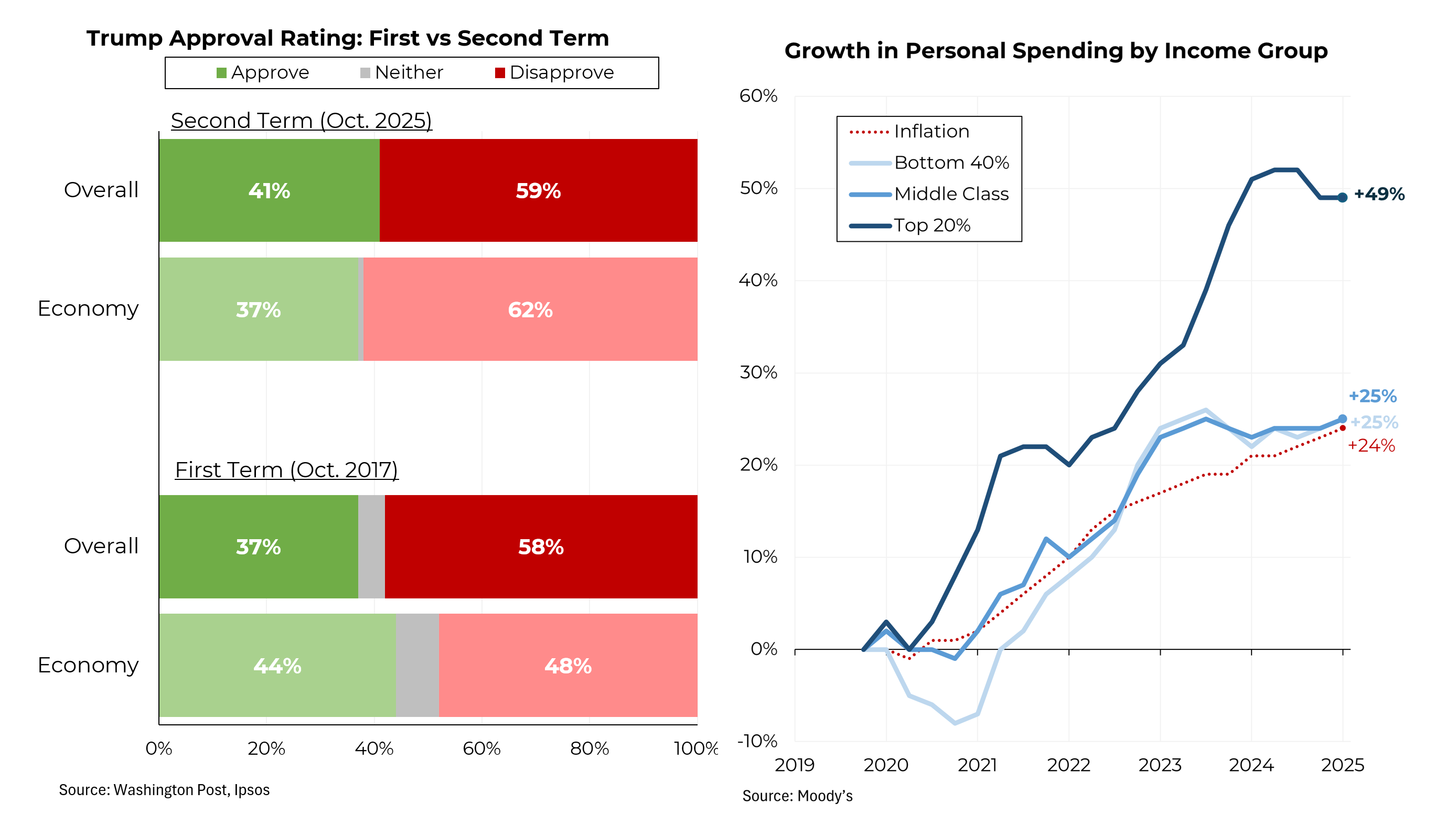President-elect Trump will be visiting Indiana today (Thursday) to take a victory lap for the decision by the Carrier Corporation to keep about half of the jobs it was planning to send to Mexico in the state. While Trump will inevitably get at least some praise, it’s important to recognize that this is largely a symbolic victory in the difficult situation faced by American manufacturing.
Note: for the related Morning Joe clip, click here.
The role that white working class voters played in Trump’s election is now widely accepted; this chart provides graphic back up for how tough it has been for these workers over nearly two decades and how minimal the much vaunted renaissance of manufacturing has been. Ohio, for example, had more than a million manufacturing jobs in 2000; today it has fewer than 700,000. In Indiana, the number of factory jobs has fallen from 685,000 to just over 500,000. Pennsylvania, once the home of the steel industry, has had no recovery in manufacturing jobs since the financial crisis.
Only Michigan – thanks to the success of the auto industry – has shown a meaningful rebound in manufacturing jobs and even Michigan’s total is still just two-thirds of what it was at the peak.
It’s important to recognize that not all these job losses are due to trade or globalization; improving efficiency also played a role in the lower need for workers (although those productivity gains have been minimal in the last several years.)
While attention mostly is focused on jobs, it’s important to recognize that falling wages are also a problem – and nothing in Trump’s announcement will address that problem, which is directly a result of trade and globalization, not automation. In this category, Michigan – again because of the strong presence of the auto industry – has been the hardest hit, with average hourly wages in manufacturing falling from $28 per hour in 2003 to just over $20 per hour at present. (These numbers are all adjusted for inflation.)
Indiana has suffered only slightly less, with average wages for these Americans falling from just under $24 per hour to $19.20 per hour. (The other rust belt states have fared modestly better.)
A major reason for both weak pay and large job losses has been competition from less developed countries like Mexico and China, whose workers have become increasingly skilled and efficient. Meanwhile, wages in these countries remain far below US levels. In the US, total compensation (including benefits) averages $37.71 per hour, roughly in line with other developed countries. But in Mexico, the typical manufacturing worker makes $5.90 an hour and in China, he earns $4.12 per hour.
No wonder that employment in the auto industry in Mexico reached 558,000 last year, up 38% from 2007, while US auto jobs declined by 8% during the same period, to 762,000 jobs.








